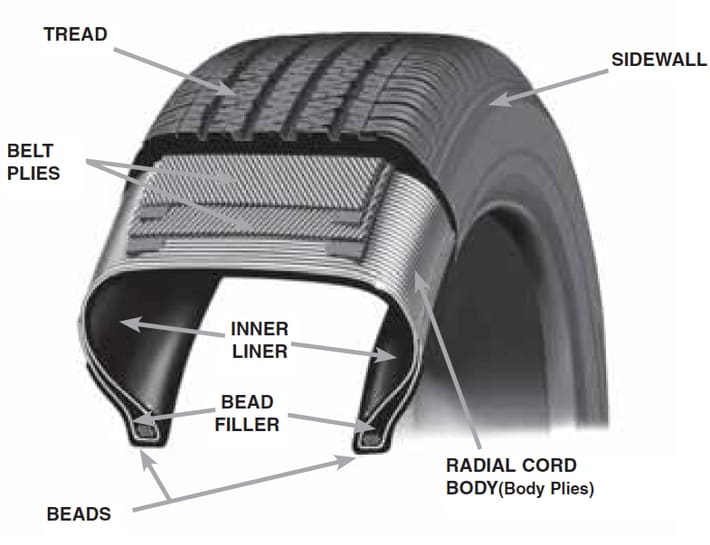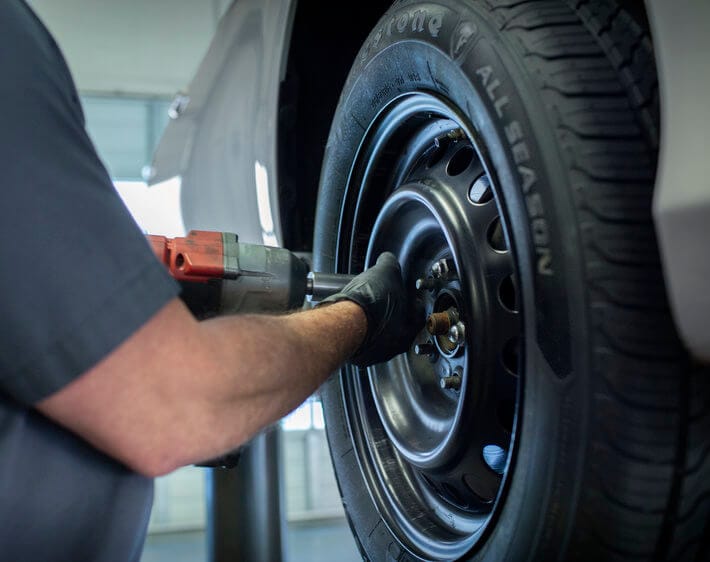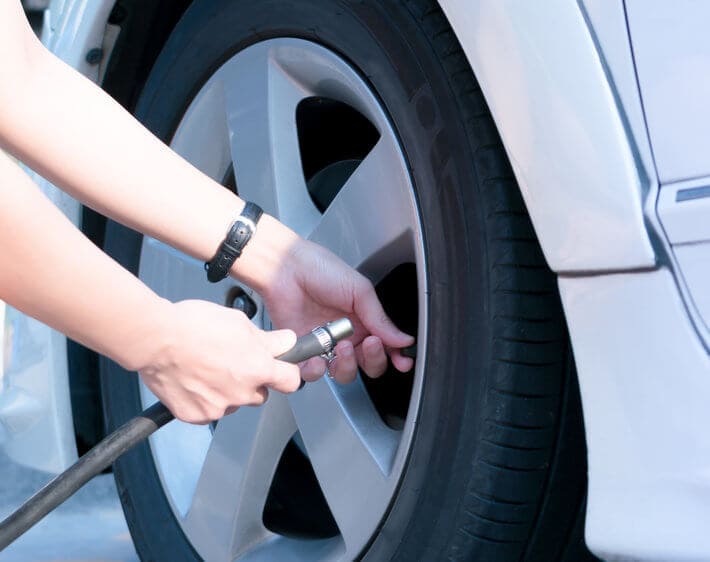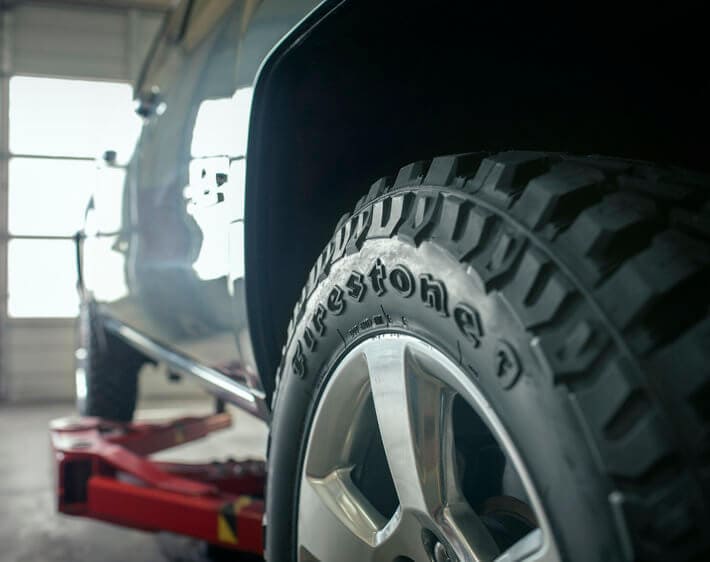Shopping for tires can feel like shopping in a foreign country… in a foreign language. How can you care about “optimized variable pitch tread blocks” or a “directional tread pattern” if you don’t know what a tread block or tread pattern is? We're here to help you find the best tire for your car, not only for performance but also safety. That starts with a little tire education.
Regardless of the tire category type, all passenger car, SUV, CUV, and light truck tires share certain basic components.
Tire Parts Diagram
Beads
We'll start from the inside out! Tire beads hold the tire to the rim, or the outer edge of the wheel. They’re made of copper, brass, or bronze-plated high tensile steel wires wound into a rubber band. Tire beads prevent the tire from sliding out of place when the wheel rolls.
Bead Filler
Bead filler is a rubber compound inside the tire’s beads. It provides stability to the lower sidewall and bead area. The density and stiffness of a tire’s bead filler help to determine a tire’s performance characteristics.
Radial Cord Body
The cord body gives the tire strength and transmits cornering forces from the tread to the wheel. Rubber coated fabric cord, called body plies, make up the cord body. Body plies can be made of polyester, rayon, or nylon. Polyester is most commonly used.
Inner Liner
The inner liner (in the center of the tire diagram) is a rubber compound bonded to the inside of the cord body that retains air under pressure. It has no cord reinforcement, and it functions like an inner tube. Note, however, that modern car tires no longer have inner tubes inside them. A tire's beads, bead filler, and inner liner work together to hold air within the tire walls.
Belt Plies
Belt plies are two or more strong layers of cord just under the tread area of the tire. The primary function of belt plies is to provide strength and stability to the tire tread. They play a role in improving tire mileage, impact resistance, and traction. Steel is the most common cord material used in belt plies.
Sidewall
The area of a tire from the bead to the tread—the side of the tire—is called the sidewall. It forms a protective covering for the cord body. Information about the tire is printed on the sidewall. This information includes the tire size, load index, and speed rating. Sidewall rubber compounds are designed to resist damage from ozone, cuts, and snags.
Tread
The tread is the portion of the tire that comes in contact with the road surface. The tread's compound and its design have to balance wear, traction, handling, fuel economy, resistance, and other characteristics of the tire. Tread designs vary greatly!
For example, Destination LE2 all-season tires need to perform well in both wet and dry road conditions. They have circumferential tread grooves. These grooves allow water to pass through and stay off the tread.
Firehawk GT Pursuit tires are also all-season tires, but they're specially designed for law enforcement and high-speed emergency use. They have an asymmetrical tread pattern. Large tread block elements on the outside shoulder support dry performance, while the inner shoulder is comprised of a greater number of smaller tread elements to improve wet weather and snow traction.
It’s best to introduce yourself to new roads with a firm grip. A firm grip starts with your tires. For more information about the parts of a tire and how to choose the right tires for your vehicle, visit your local Firestone Complete Auto Care and talk with one of our experienced techs. We're here to make sure you find the best tire for your car, not only for performance but also safety.



